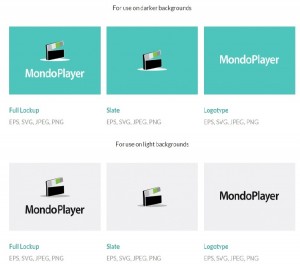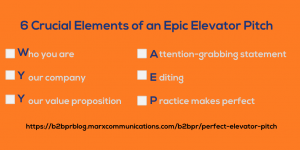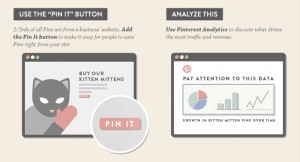— May 28, 2019
Budgeting is to business as oxygen is to life: Without it, you die. The reason budgeting is vital to the health of a small business is that it is your GPS device for telling you where you are supposed to go and where you are actually heading. You use the budget to track business expenses, cash on hand, revenue needed and received, and other items to know whether your business is succeeding. The differences between your projected and actual budget numbers are your early warning system when things start to go wrong — or your confirmation that you are on the right track. Those differences are also a call to address problems by changing what you are doing.
Bottom line, your budget tells you how much money you have, how much you must earn and how much money you will have to spend. Importantly, it also tells you how much you might need to borrow to plug any cash shortfalls and to finance your growth. To know these things, you should include in your budget the items listed below.
Required Budget Items
Your budget might have dozens of line items, but they can all be organized into four groups of items that every budget must track: Sales, costs, profits and cash flows.
Sales and Other Revenues
These figures are the foundation of your budget. You can’t spend money unless you make it, and you don’t want to overestimate how much you’ll make by donning rose-colored glasses. Your estimates should be conservative but realistic — if they turn out to be too conservative, well, that’s a good thing. On the other hand, bloated estimates could leave your business floating belly up.
Estimating your revenues is hardest if you are just starting up your business, because you don’t have any prior-year data. That’s why you did extensive research by talking to other owners in your same field, undertaking market research, and relying on your knowledge from previous jobs.
Be sure to include, if appropriate, estimates for sales allowances and returns, which you subtract from gross sales to calculate net sales.
Total Costs and Expenses
To make money, you must spend money– those are your costs and expenses. You should categorize your costs by type:
- Fixed costs: These are costs that remain the same independent of your sales numbers. They include rent, insurance, property taxes, leased furniture and so forth. While these costs are called fixed, they are not carved in granite. “Fixed” just means that it will take a while (up to a year and maybe longer) to change these costs.
- Variable costs: These are costs that vary directly with sales volume. They include the costs of merchandise, raw materials, labor, utilities, freight, inventory and alike.
- Semi-variable costs: These are costs that can slowly vary with the volume of business. For instance, they include the costs of salaries, marketing, communications and various elements of overhead.
Profits
Profits, or net income, are revenues minus all expenses. Ultimately, your business won’t succeed unless it can generate profits. Your budget should include estimated interest and income tax expenses when projecting profits. If your budget tells you that it will take years before you might begin making profits, you should re-evaluate your business model and see if you can operate until the profits begin rolling in.
Projected Cash Flows
Lack of profits can slowly poison your business. Lack of cash can stab it in the heart. Your cash flows revolve around collections and disbursements. The timing of both will reveal whether your cash inflows and outflows align. To some extent, you can try to accelerate collections and delay disbursements when revenues fall short or unexpected expenses arise. Your budget will indicate when you might have to inject more cash into your business, either by contributing additional capital or taking out a loan. If the latter is required, contact us at IOU Financial for a quick working capital loan on easy terms and convenient daily repayments.
Budget Templates
You don’t have to build your budget from scratch. We recommend our Business Budget Smart Sheet, which will help you analyze your spending patterns, streamline areas of overspending, gauge the cash flow impact of fixed and variable costs, and much more.
Business & Finance Articles on Business 2 Community
(49)





